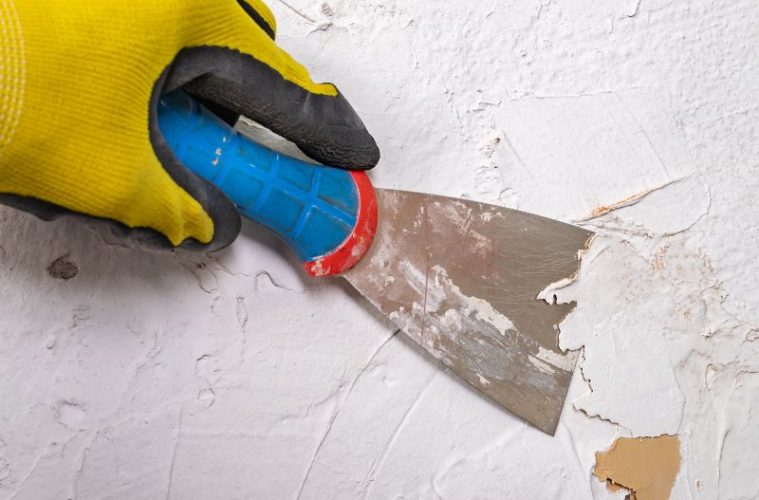On HGTV, numerous series take you on the journey of house flipping, bringing to light now popular flippers like Chip and Joanne, the Property brothers, and Tarek El Moussa. House flipping takes old existing structures and transforms them into a more updated version. For many, home flipping has become a favorite pastime and even a career move.
For interior and architectural enthusiasts, house flipping makes a great way to tap into your creative outlets and create visionary masterpieces. If you plan on hopping on the trend and taking a chance at house flipping, here are three essential beginner tips for first-time flippers.
Do a Home Inspection
Old homes tend to come with a range of hidden issues, from faulty wiring and plumbing to infestations and rot. Over time, these homes lived numerous lives and endured various external influences. Most flipped houses start off cheap because of their poor starting condition. It sometimes makes house flipping a gamble, but once you start and complete the transformation, nothing feels more satisfying.
Before you break ground and fix up the space, hire a professional home inspector. They’ll save you money on redoing your renovations and give you a better insight into what you are working with. Knowing the ins and outs of your house ensures you tackle all the right necessities and improve the safety and functionality of the space before decking it up.
Remove Old Paint
Like slapping on a bandaid, many beginner flippers simply cover the old with something new. However, house flipping involves more than just hiding existing flaws. It solves them. House flipping upgrades a space in all aspects, from its design to functionality.
As tempting as it is to repaint over a home’s old walls, there are numerous reasons why you should remove old paint before repainting. Likewise, sometimes starting on a clean slate offers more benefits than trying to cover up mistakes. Plus, to get the most out of your sales, you want to ensure every renovation and improvement project creates quality and long-lasting results. Qualitative upgrades mean better quantitative sales on the housing market.
Create a Plan and Budget
House flipping comes with various uncertainties. Some homes have hidden issues, certain projects might take longer than intended, and specific materials may be out of stock. Plus, costs tend to accumulate fast. With numerous possible scenarios hanging in the wing, coming up with a plan and budget helps you better tackle the impromptu speed bumps in your house flipping. The right prep ensures you optimize your time, money, supplies, and results.
There are countless ways to approach a flipping project. Some of the most popular basic plans include:
- Targeting certain rooms.
- Prioritizing functionality over aesthetic.
- Creating an emergency fund.
- Breaking up home improvement projects across time.
No matter how you decide to organize your home flipping venture, the more tools you carry in the bag to prepare you for any uncertainties, the smoother your flipping experience.
House flipping requires a lot of investment, with your time and money. These essential beginner tips for first-time house flippers cover the basics and prepare you for the unknown that comes with such a big project. Keep these tips in mind and ensure you create a successful flip and avoid any flops.

